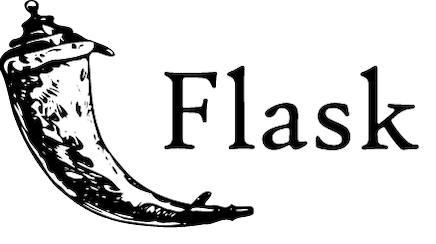How To Install Flask on Ubuntu 22.04 LTS

In this tutorial, we will show you how to install Flask on Ubuntu 22.04 LTS. For those of you who didn’t know, Flask is a Python framework that is used to design and test different web applications based on the Python programming language. If you are a beginner, then Flask is the best platform for you through which you can learn how to maintain and develop different web applications in a scalable, secure way.
This article assumes you have at least basic knowledge of Linux, know how to use the shell, and most importantly, you host your site on your own VPS. The installation is quite simple and assumes you are running in the root account, if not you may need to add ‘sudo‘ to the commands to get root privileges. I will show you the step-by-step installation of the Flask framework on Ubuntu 22.04 (Jammy Jellyfish). You can follow the same instructions for Ubuntu 22.04 and any other Debian-based distribution like Linux Mint, Elementary OS, Pop!_OS, and more as well.
Prerequisites
- A server running one of the following operating systems: Ubuntu 22.04, 20.04, and any other Debian-based distribution like Linux Mint.
- It’s recommended that you use a fresh OS install to prevent any potential issues.
- SSH access to the server (or just open Terminal if you’re on a desktop).
- A
non-root sudo useror access to theroot user. We recommend acting as anon-root sudo user, however, as you can harm your system if you’re not careful when acting as the root.
Install Flask on Ubuntu 22.04 LTS Jammy Jellyfish
Step 1. First, make sure that all your system packages are up-to-date by running the following apt commands in the terminal.
sudo apt update sudo apt upgrade sudo apt install wget apt-transport-https gnupg2
Step 2. Installing Python Pip and Virtual Environment.
To install Pip and Virtual environment run this command:
sudo apt install python3-pip python3-venv
Step 3. Installing Flask on Ubuntu 22.04.
By default, the Flask is not available on Ubuntu 22.04 base repository. Let us first create a directory where we will deploy your application:
mkdir -p /opt/flask cd /opt/flask/
Next, create the virtual environment as follows:
python3 -m venv venv
After that, activate the virtual environment:
source venv/bin/activate
Once activated, the virtual environment’s bin directory will be added at the beginning of the $PATH variable. Your shell’s prompt will also change and show the name of the virtual environment you’re currently using. In this example that is venv.
Finally, use the Python package manager pip to install Flask:
pip3 install flask
To verify if the installation is successful check the flask version:
(venv) flask --version
Output:
Python 3.11.4 Flask 2.1.2 Werkzeug 2.1.2
Congratulations! You have successfully installed Flask. Thanks for using this tutorial for installing the Flask framework on Ubuntu 22.04 LTS Jammy Jellyfish system. For additional help or useful information, we recommend you check the official Flask website.